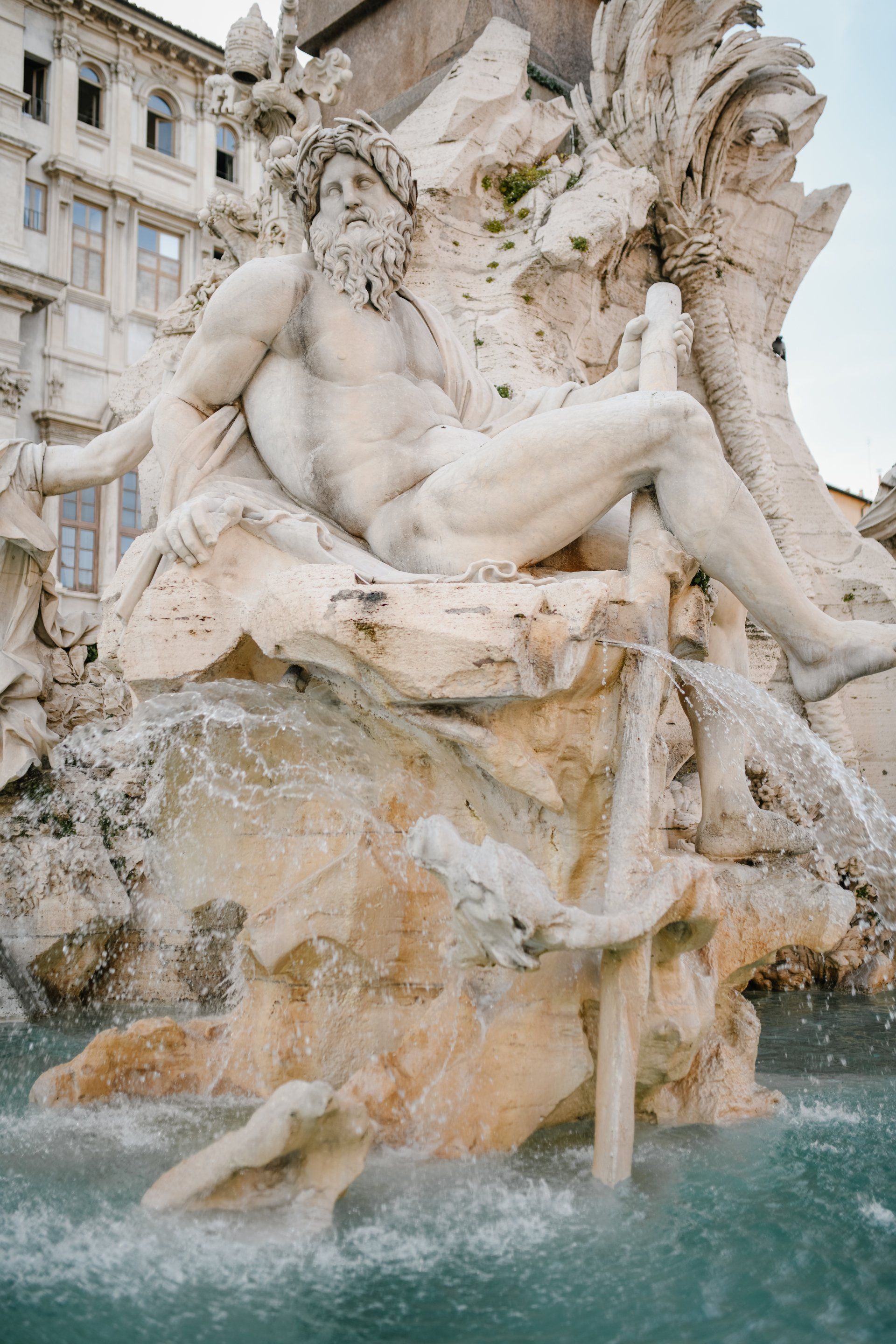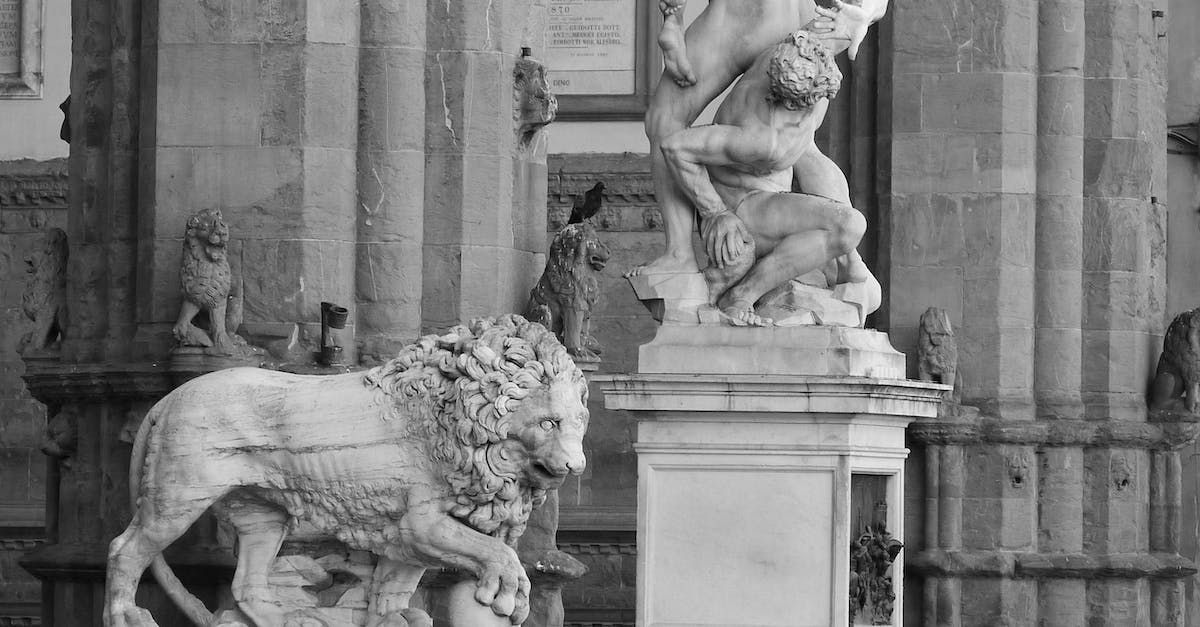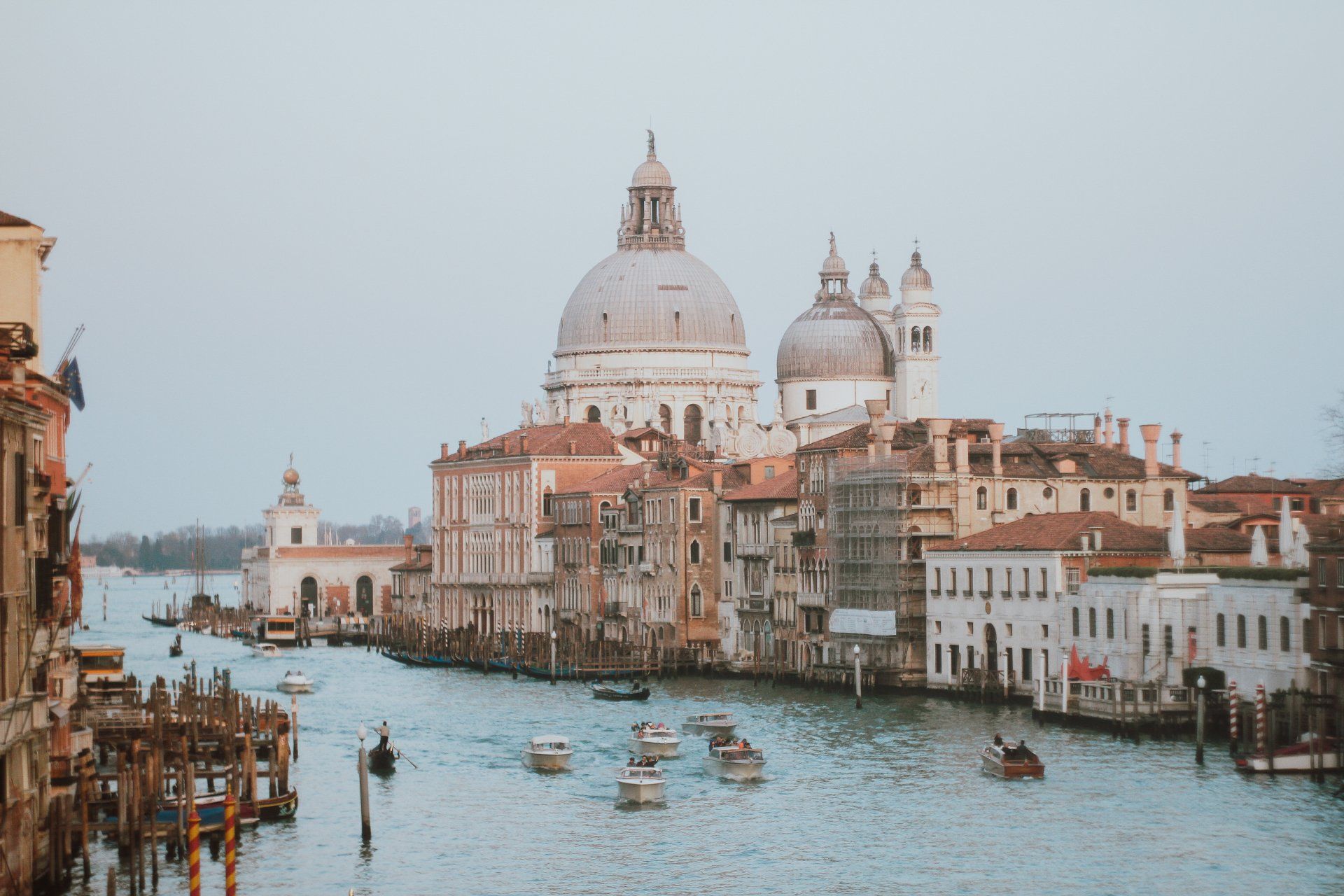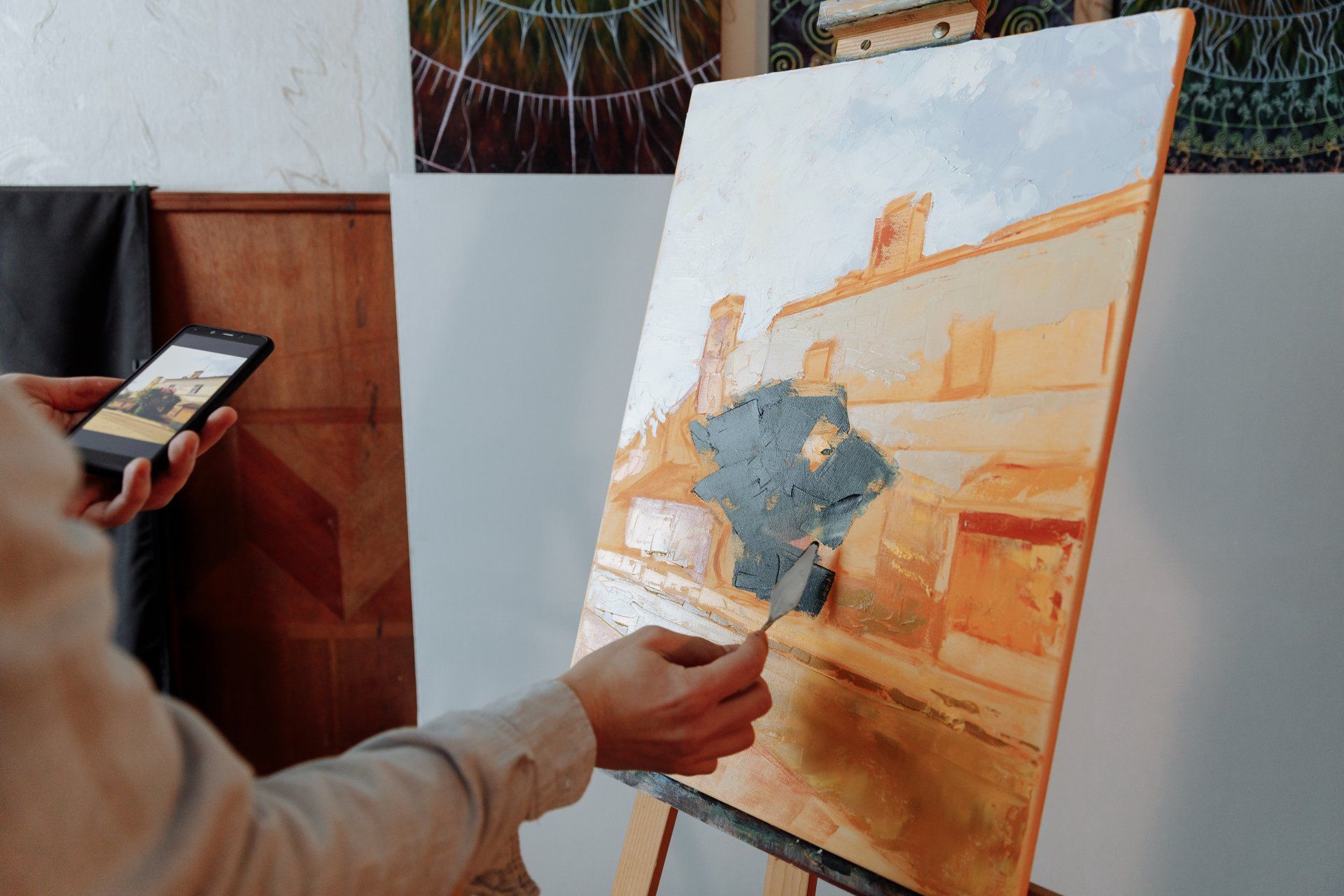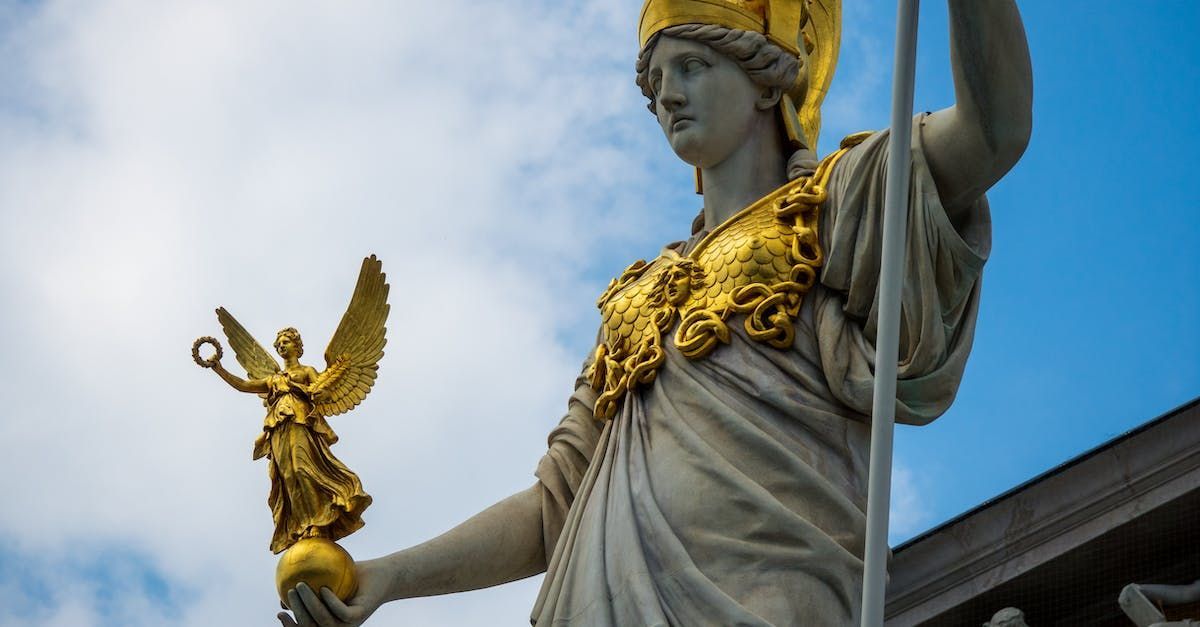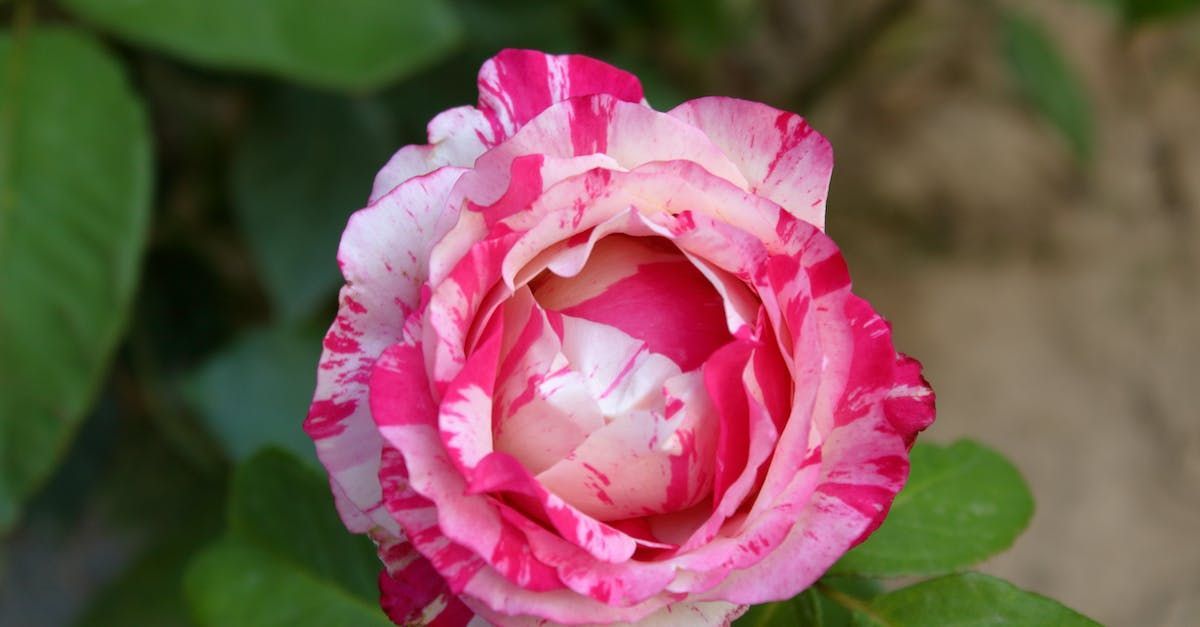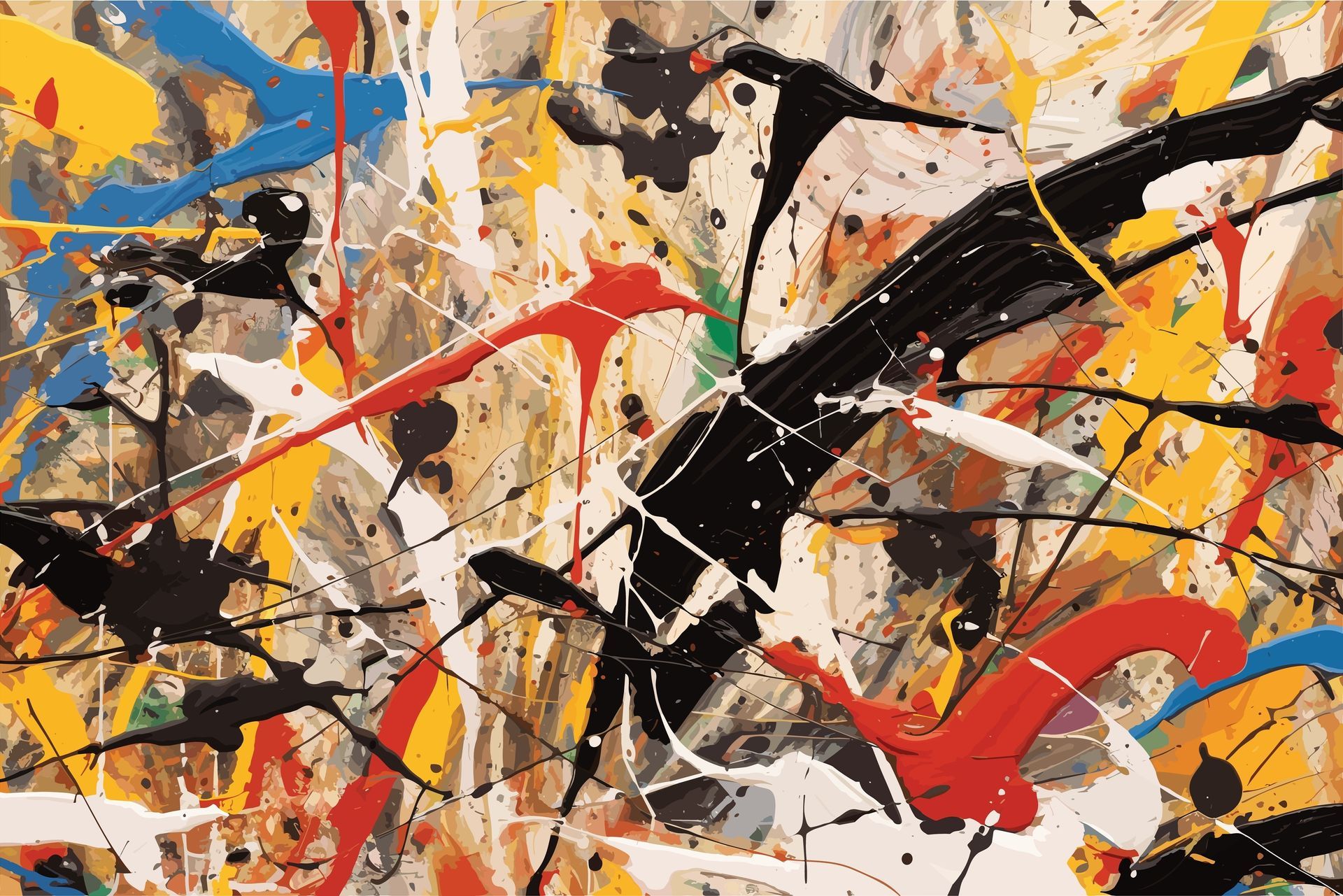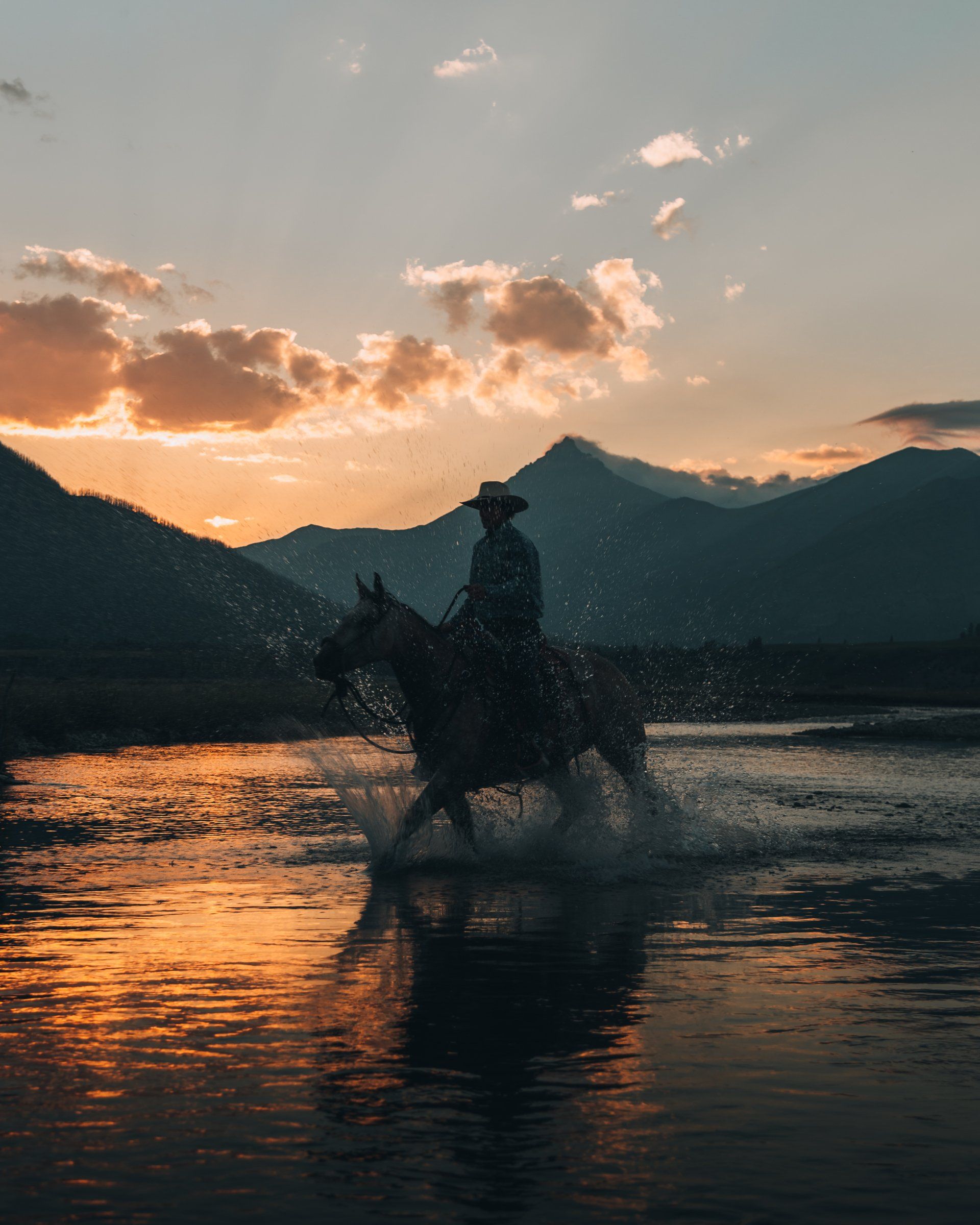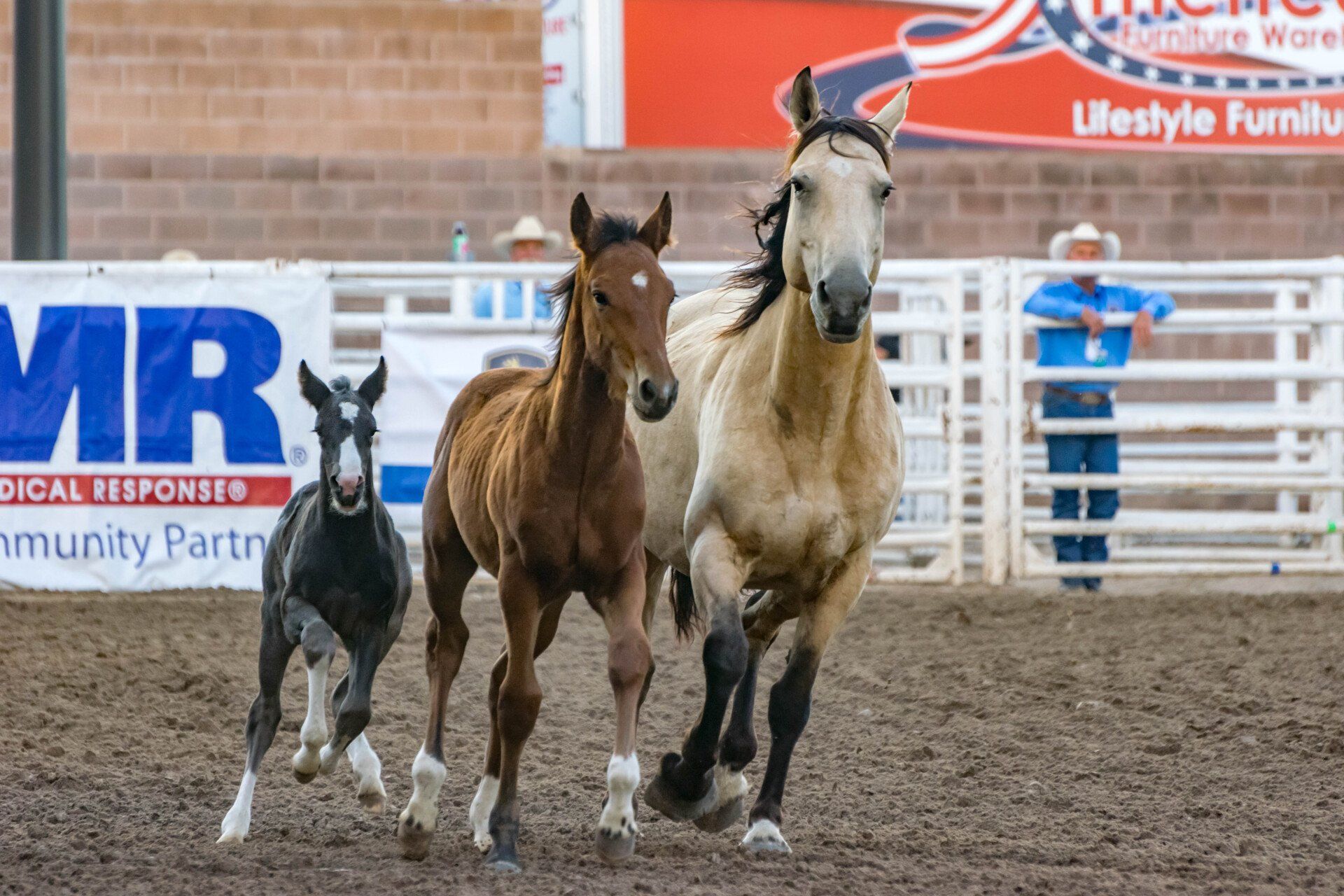Jim Rey
The Western Landscape
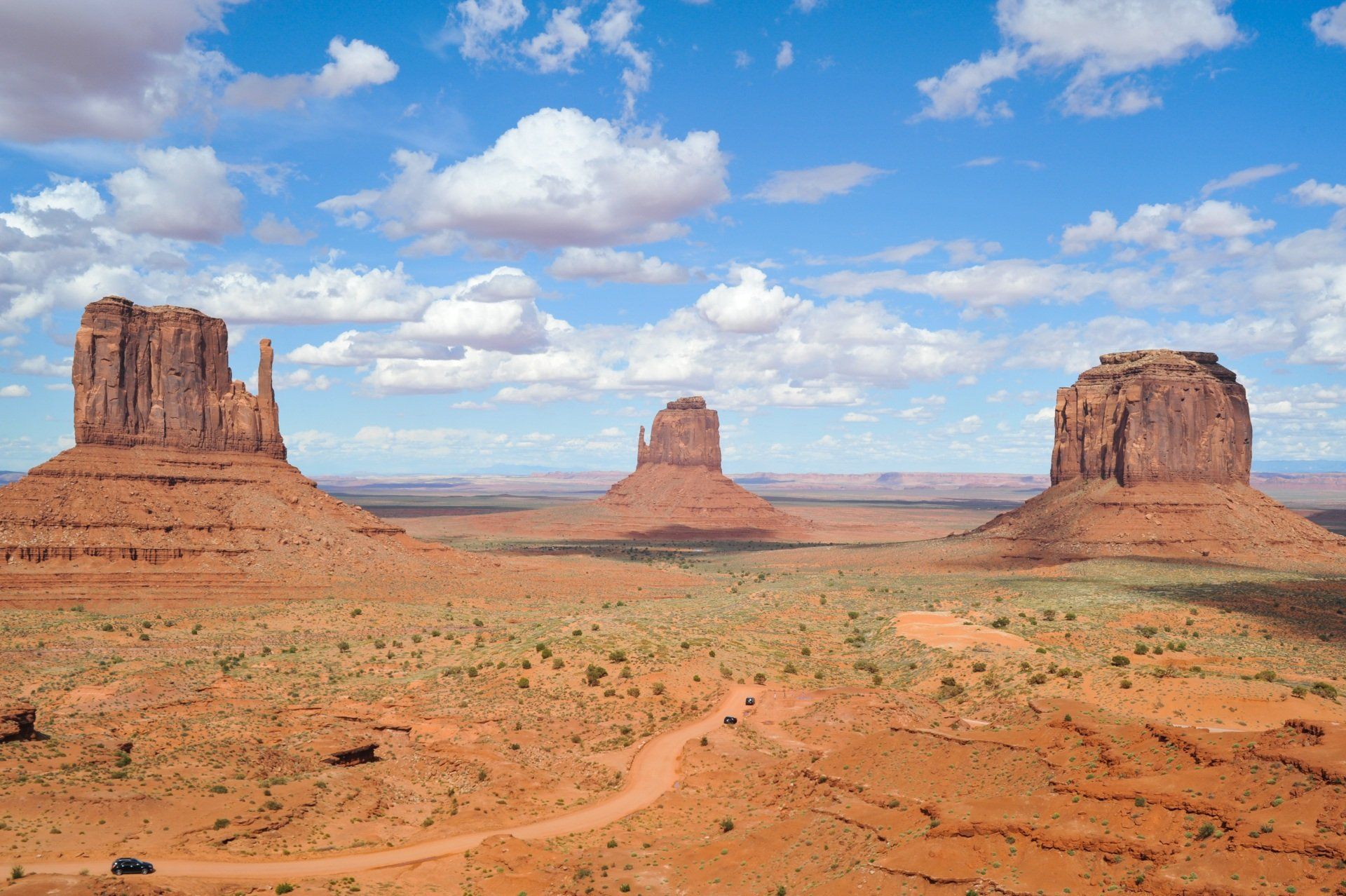
Jim Rey is an artist whose artworks reflect his deep knowledge and love for the Western landscape and cowboy culture. Through his paintings, Rey pays homage to the beauty and challenges of the Western way of life, capturing the essence of the cowboy experience. This article explores Rey's artistic style, his portrayal of cowboys on horseback, and his ability to evoke the spirit of the American West.
Deep Knowledge and Love for the Western Landscape and Cowboy Culture:
Jim Rey's artwork is a testament to his profound understanding and passion for the Western landscape and cowboy culture. His deep connection to the subject matter shines through in every brushstroke. Rey's extensive knowledge of the Western terrain, its flora and fauna, and the traditions and history of cowboys adds authenticity and depth to his paintings, immersing viewers in the rich tapestry of the American West.
Portrayal of Cowboys on Horseback:
Rey's paintings often depict cowboys on horseback, capturing the iconic image of the Western cowboy. Through his artwork, he showcases the bond between man and horse, emphasizing the essential role of the horse in the cowboy's daily life. Rey's attention to detail in capturing the posture, attire, and tools of the cowboy, as well as the movement and grace of the horse, adds a sense of authenticity and dynamism to his paintings.
Capturing the Beauty and Challenges of the Western Way of Life:
One of the distinguishing features of Jim Rey's artwork is his ability to capture both the beauty and the challenges of the Western way of life. His paintings showcase the stunning landscapes of the American West, from vast prairies to rugged mountains, with a keen eye for light, color, and atmosphere. Rey also conveys the hardships faced by cowboys through weathered faces, determined expressions, and depictions of ranching tasks, showcasing the resilience and perseverance required in their daily lives.
Evoke the Spirit of the American West:
Through his deep knowledge, love, and artistic skill, Jim Rey evokes the spirit of the American West in his paintings. His artwork transports viewers to a time and place where cowboys roamed the open range, capturing the allure and rugged beauty of the Western landscape. Rey's paintings evoke a sense of adventure, freedom, and nostalgia, allowing viewers to experience the essence of the cowboy culture and the spirit of the American West.
Jim Rey's artworks reflect his deep knowledge, love, and appreciation for the Western landscape and cowboy culture. Through his masterful paintings, he captures the beauty and challenges of the Western way of life, showcasing the bond between cowboys and horses, the stunning landscapes of the American West, and the resilience of those who lived and worked in this iconic era. Rey's art serves as a visual tribute to the spirit of the American West, inviting viewers to immerse themselves in the rich heritage and enduring allure of the cowboy culture.
